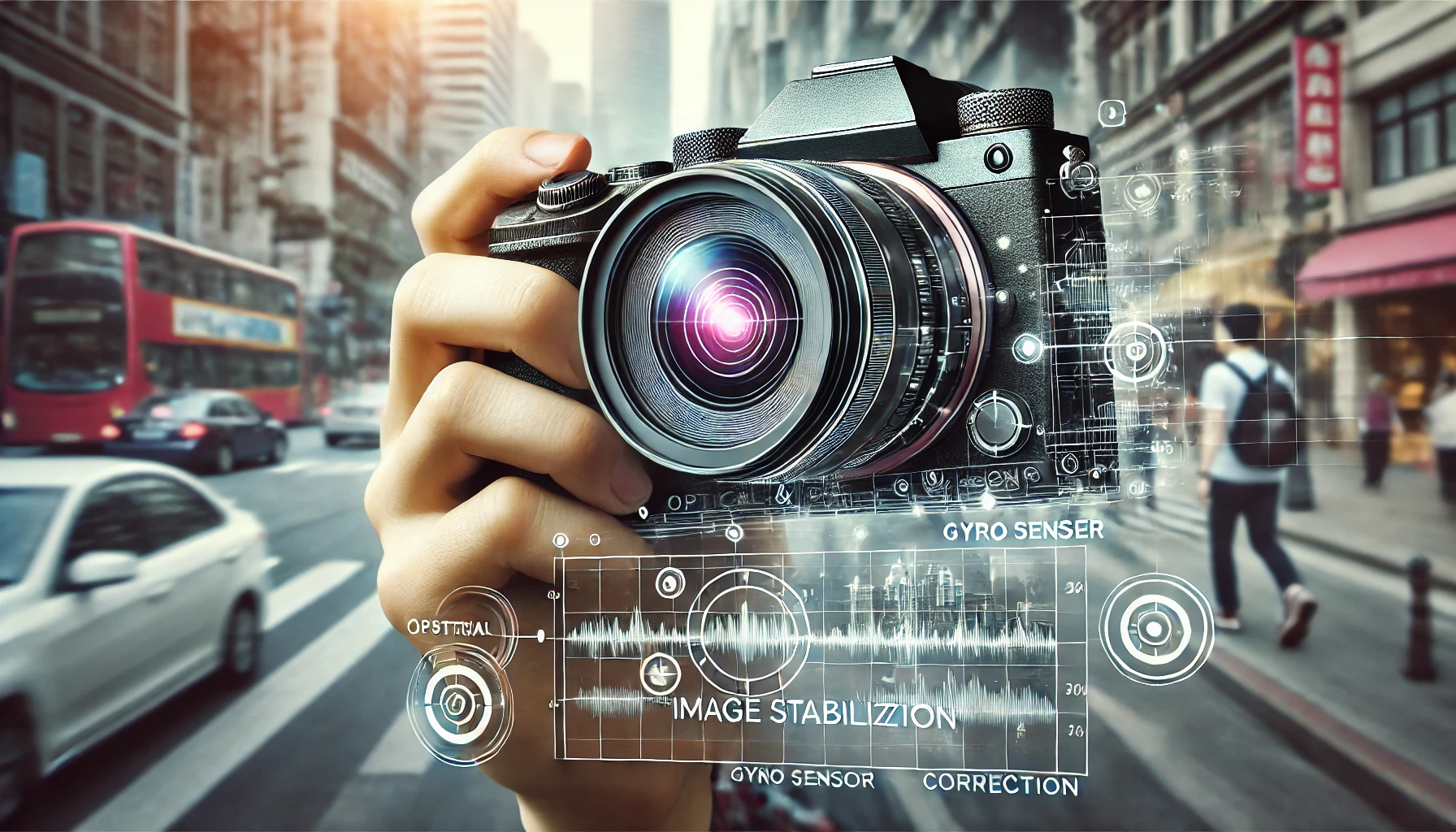When shooting with a digital camera, there are two technologies that minimize shake caused by hand shake or movement: optical image stabilization (OIS) and digital image stabilization (DIS). OIS physically moves the lens and sensor to compensate for shake, while DIS uses software to correct shake after the shot is taken. These technologies are used in a wide range of devices, including smartphones, action cameras, and drones, and enable stable, high-quality video capture.
When the average person holds a digital camera, the slightest tremor in their hand causes the image to blur and blur, and when they walk or run, the image becomes unrecognizably shaky. Image stabilization is a technology that minimizes the effects of shaking.
There are two types of image stabilization techniques: optical, which uses light, and digital, which uses software. A camera module using optical image stabilization (OIS) technology consists of a lens module, an image sensor, a gyro sensor, a control unit, and a device that moves the lens. The lens module consists of multiple lenses, including corrective lenses. In a typical camera, light from the lens hits the image sensor to form an image of the subject, and the electrical signal generated by each pixel, which is a position corresponding to a point on the subject, is stored as an image on the storage medium in proportion to the intensity of the light. However, when the camera shakes, the intensity of the light hitting each pixel on the image sensor changes. When OIS technology is activated, the gyro sensor detects the camera’s movement and relays its direction and speed to the control unit. When the control unit moves the lens, the image is stabilized while maintaining the image of the subject.

One of the most popular ways to move the lens is to use a voice coil motor. The camera module including the voice coil motor has coils and magnets arranged around the centrally located lens. When the camera shakes, a current is applied to the coils by a control unit, creating a force proportional to the magnitude of the current in the direction perpendicular to the magnetic field. This force moves the lens so that the effects of the shake are canceled out and the subject is kept in focus. Another approach is to move the image sensor when the camera is shaken to reduce shake. This optical stabilization is especially effective when taking photos, and helps you get sharp photos at night or when zooming in.
While OIS technology can do a good job of compensating for hand shake, it’s limited by the range of movement of the lens, which limits the amount of movement it can compensate for. Digital image stabilization (DIS) technology uses software to correct shake after shooting, which can produce good results when applied to videos shot in dynamic situations. It works by breaking down the recorded video into frames and estimating the motion of the subject between consecutive frames. One way to estimate motion is by using feature points. Feature points are selected that have a distinct brightness difference from their surroundings, such as the corners of an object, and that maintain that brightness difference as the video is moved or rotated.
First, find the features in the kth frame, and then find the same features in the k+1th frame. The motion of the video is estimated by calculating how much the same feature has moved between these two frames. Then, the effect of the shake is reduced by compensating for the position difference in the frame where the shake is estimated to have occurred, and the compensated video becomes smoother. However, as the number of feature points increases, the computation takes longer. On the other hand, if you rotate the video while calibrating it, empty spaces will appear in the frame. If you crop them out, the frames will be smaller, but the image quality will be reduced to maintain the original frame size.
Video stabilization is widely used in a variety of devices, including smartphones, action cameras, and drones. Smartphone cameras, in particular, have a high level of stabilization despite their small size, making it easy to take high-quality photos and videos in everyday life. Action cameras provide stabilized footage during sports and outdoor activities, which is useful for capturing dramatic scenes. Drones also need stabilization when filming from the air, and it plays a big role in getting smooth, clear footage.
In conclusion, video stabilization technology plays an important role in many different situations and is getting better and better as the technology evolves. The combination of optical stabilization and digital stabilization allows users to get shake-free footage in any environment, and these technologies are only going to get better and better in the future, offering new shooting experiences.